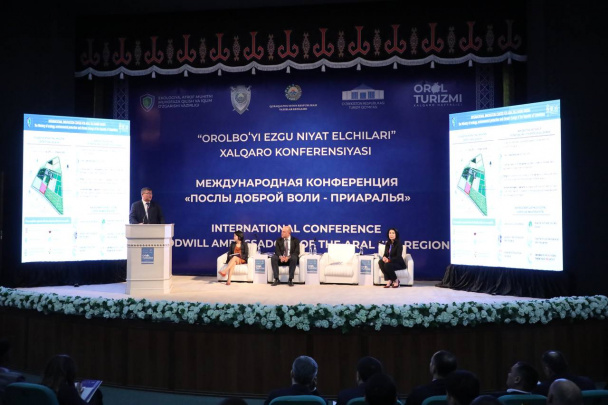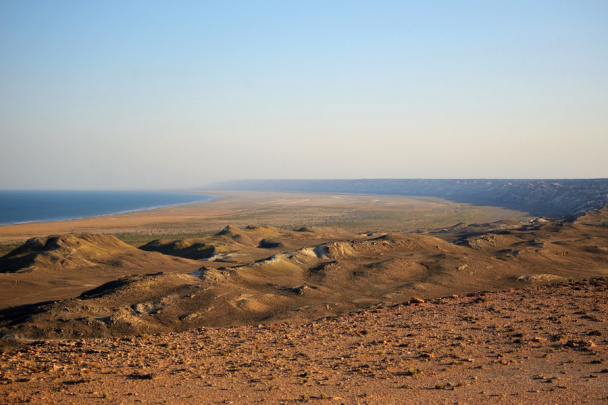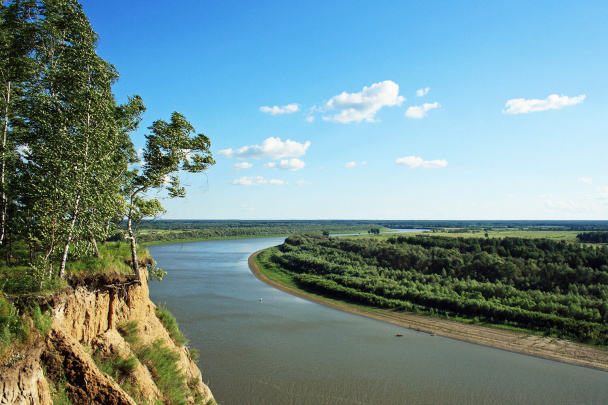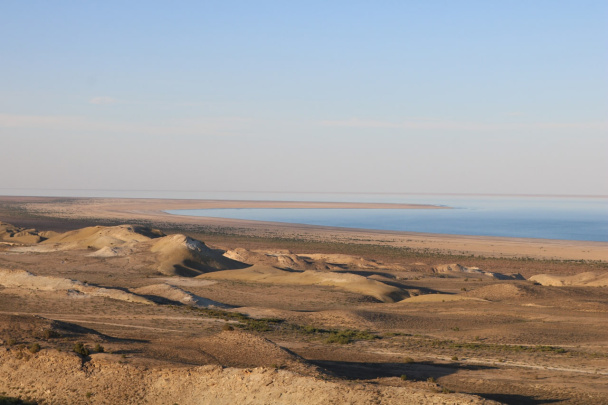Water level in Aydarkul dropped to 2 meters; its volume decreased to 36.8 billion cubic meters
About 400 birds, including 13 international and 24 species included in the Red Book of Uzbekistan, fly to Aydarkol every year for wintering. Changes in the lake and the ecosystem around the lake may also cause these birds to change their migration routes and become extinct. It was mentioned at the meeting of the Senate Committee on Development of the Aral Sea Region and Ecology.
On February 16, a meeting of the Senate Committee on Development of the Aral Sea Region and Ecology was held. Information was given about the results of the study conducted in the “Aydar-Arnasoy” system of lakes.

It was reported that the water volume of the lake system in 2006 was 42.1 billion cubic meters. In recent years, the water level in the lake system has decreased to 2 meters, and the volume of water has decreased to 36.8 billion cubic meters due to climate change and the decrease in the amount of fresh water discharged from external water sources in some years and a number of other factors. Also, the level of mineralization of water has increased.
As a result of the lowering of the water level, the shorelines receded by 15-50 meters, and a layer of salt was formed up to 15-20 cm, in some places even more. The consequences of this are manifested in the changes in the ecosystem of the lakes and their surroundings, including the decline of the unique flora and fauna of the wetlands.
About 400 birds, including 13 international and 24 species included in the Red Book of Uzbekistan, fly to Aydarkul every year for wintering. Changes in the lake and its surrounding ecosystem may also cause these birds to change their migration routes and become extinct.

Work is being organized on the basis of the appropriate decision of the Government regarding the efficient use of Aydar-Arnasay lakes and its preservation. In particular, the areas adjacent to the lake system of Jizzakh and Navoi regions were mapped by the state scientific-projecting institute “Uzdavyerloyiha”. A preliminary electronic map of water protection regions has been created.
11 tourism development projects have been launched in Jizzakh region, more than 15 billion soums have been appropriated by domestic tourism facilities.
In addition, in the spring season of 2022, 200 hectares of protective forests will be established in the area, and control by the “Ecopatrol” system will be established to limit cattle breeding within 2 km.
In order to maintain the water volume of the lake system, a “smart water” device was installed at the control point of the Mirzachul collector, and water accounting was started. As a result of control work, the lake system was saturated with 1 billion 918 million cubic meters of internal collector-drainage water during 2022,” the committee said.
It was added that more than 500 million cubic meters of fresh water was poured into the Aydar-Arnasay system of lakes from external water sources as of February 10 of this year. Also, in the future, practical work is being continued on the issue of receiving an additional 1 billion cubic meters of fresh water from external sources into the lake system.

Earlier, Kun.uz prepared a report that the fate of Aral Sea may be repeated in Aydarkul, its water level has decreased, the coast has receded by kilometers, and that residents living in the area are worried about this.
This is not the only water-related problem in Uzbekistan: the Kushtepa canal, which is being built by the Taliban in Afghanistan, is also creating another serious problem for Uzbekistan, which is struggling with problems such as water shortage, drought and desertification. When this canal is completed, almost 10 cubic kilometers of Amudarya water, that is, a third of it, will flow into the interior of Afghanistan.
Recommended
List of streets and intersections being repaired in Tashkent published
SOCIETY | 19:12 / 16.05.2024
Uzbekistan's flag flies high on Oceania's tallest volcano
SOCIETY | 17:54 / 15.05.2024
New tariffs to be introduced in Tashkent public transport
SOCIETY | 14:55 / 05.05.2023
Onix and Tracker cars withdrawn from sale
BUSINESS | 10:20 / 05.05.2023
Latest news
-
Saudi Arabia drops Uzbekistan from eVisa list; official reason unknown
SOCIETY | 17:58 / 26.04.2025
-
Uzbekistan boosts fuel and gas production despite oil output decline
SOCIETY | 16:55 / 26.04.2025
-
Uzbekistan and Kyrgyzstan reach agreement on joint use of Chashma spring
POLITICS | 12:46 / 26.04.2025
-
Ambassador Henick: Now is the right time for a U.S. presidential visit to Uzbekistan
SOCIETY | 12:08 / 26.04.2025
Related News

22:05 / 20.04.2025
Scientific approaches to the sustainable development of the Aral Sea region were presented

15:21 / 19.04.2025
New research links Aral Sea bed uplift to massive water loss

14:37 / 29.03.2025
Kyrgyzstan proposes new approach to redirect Siberian rivers for Central Asia's water needs

20:13 / 13.02.2025



